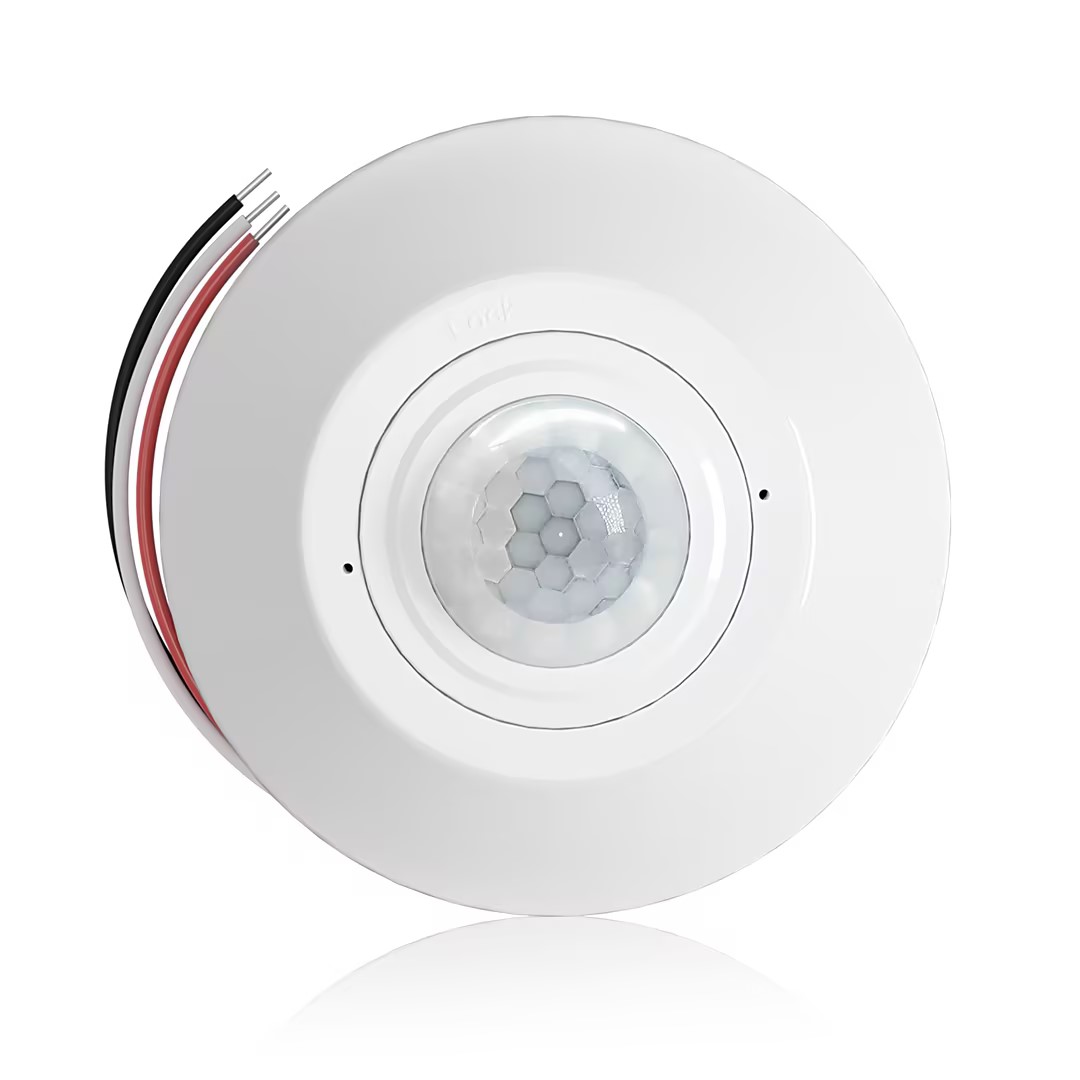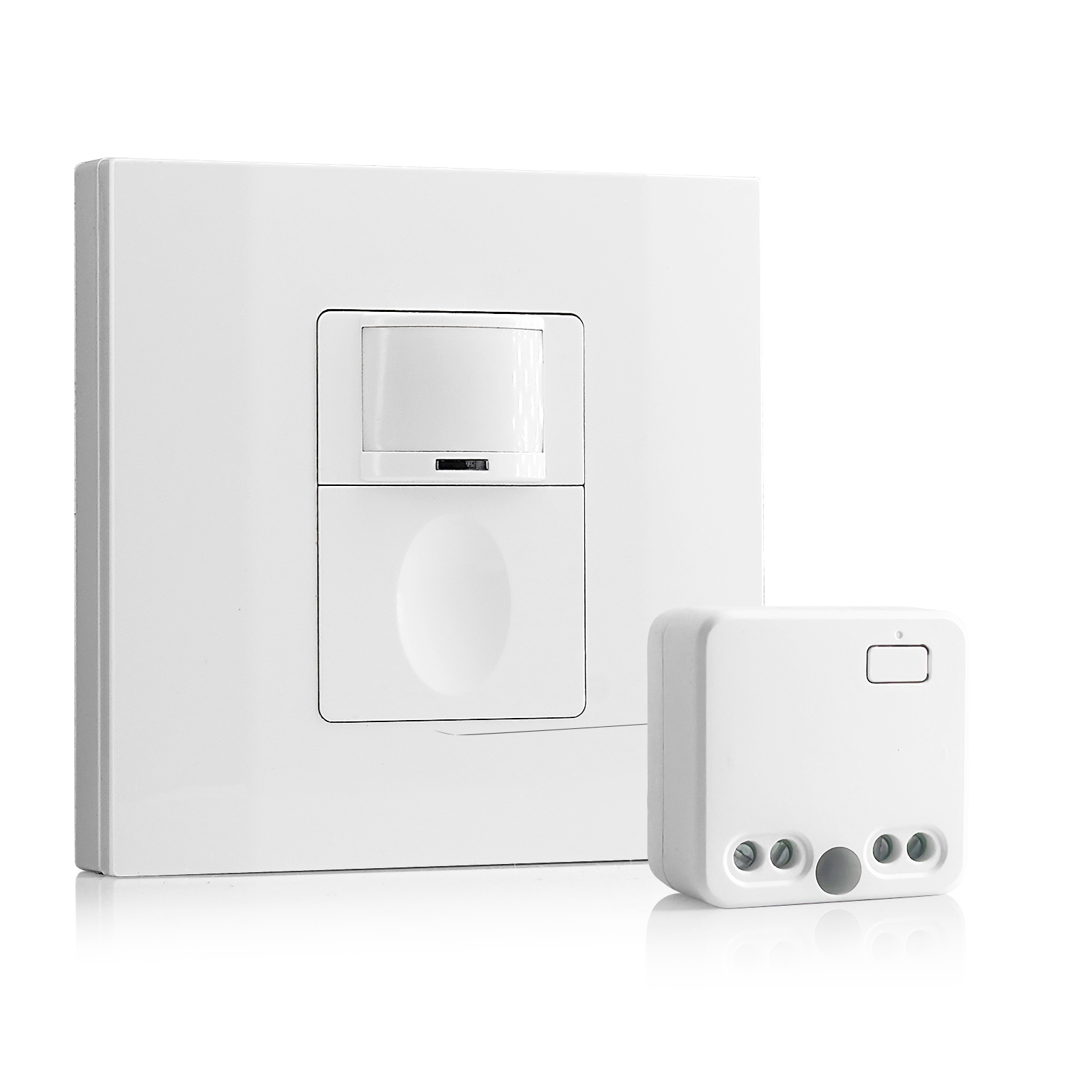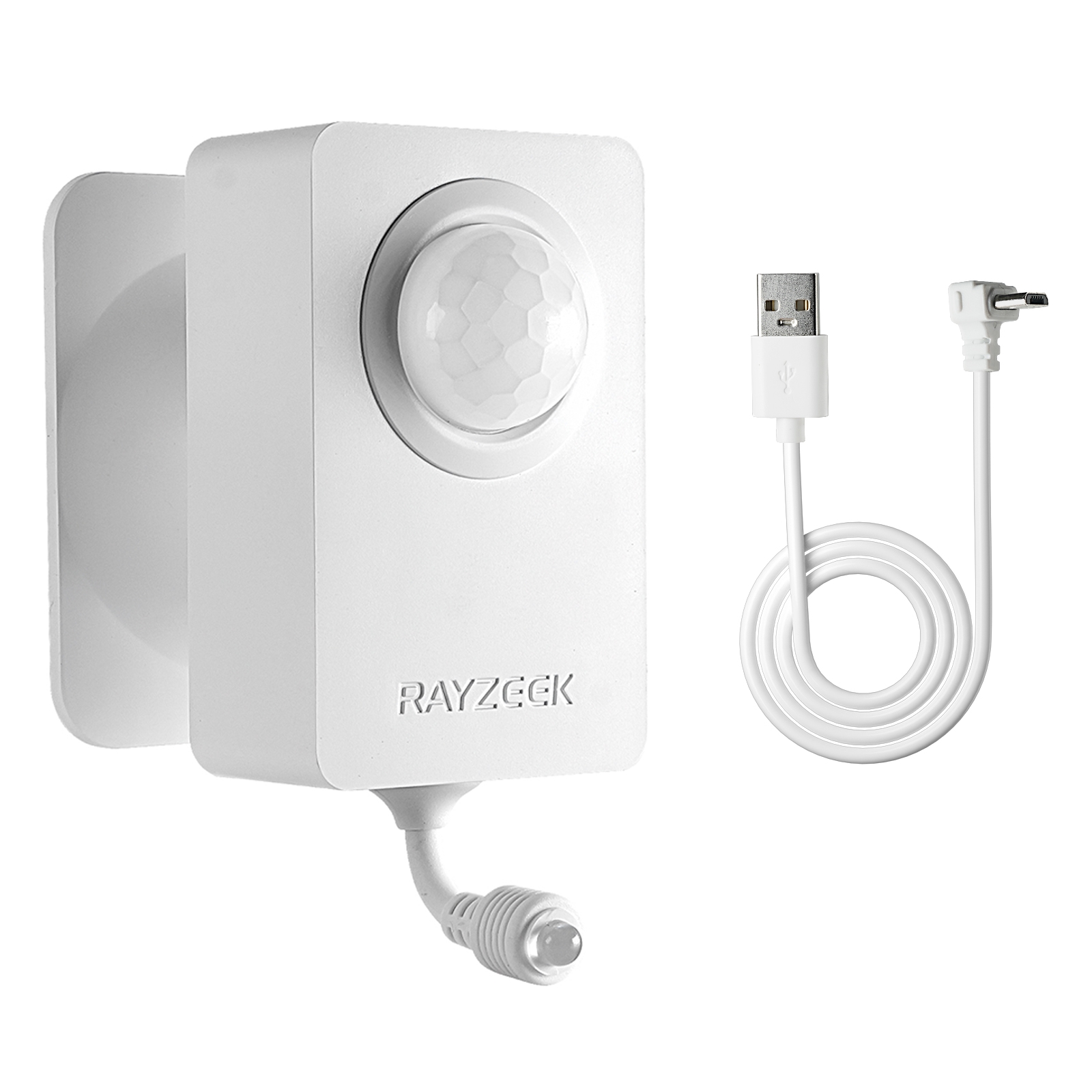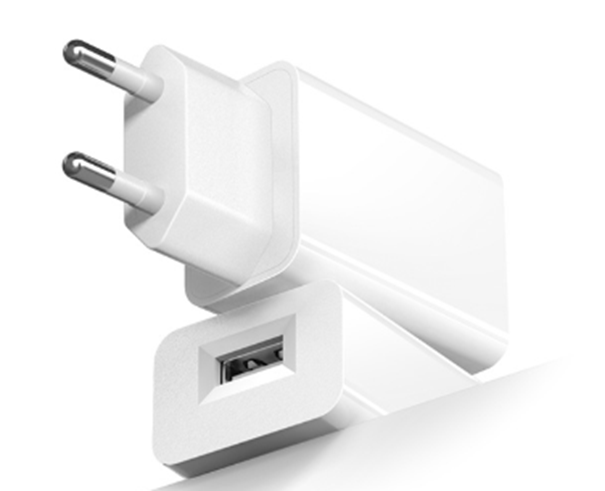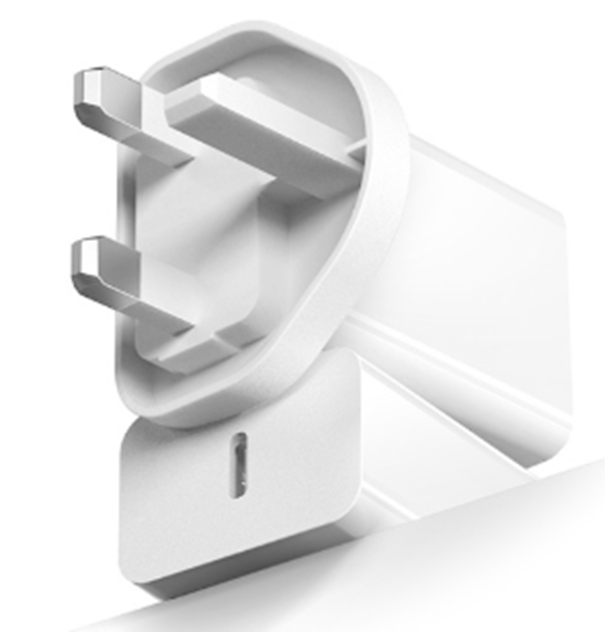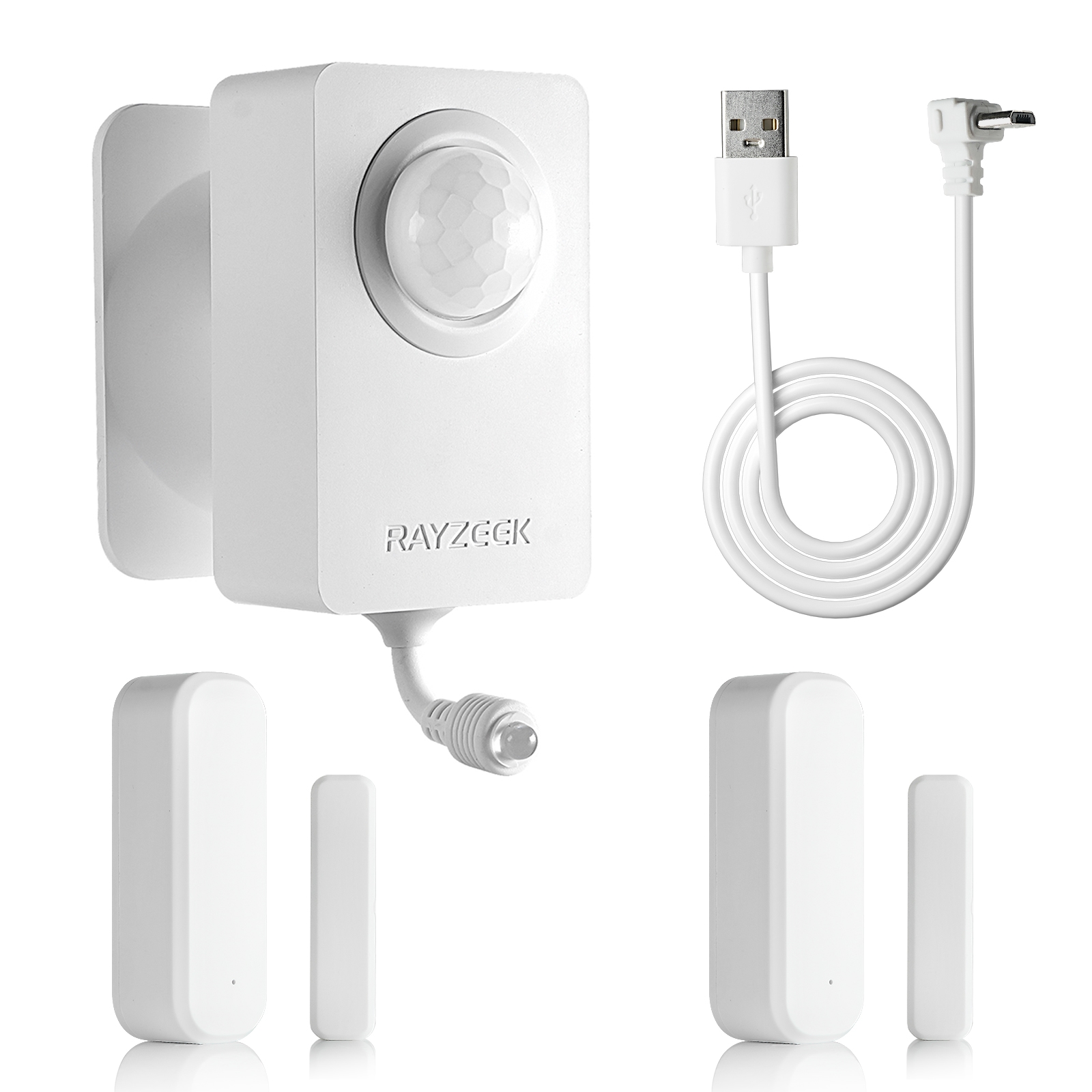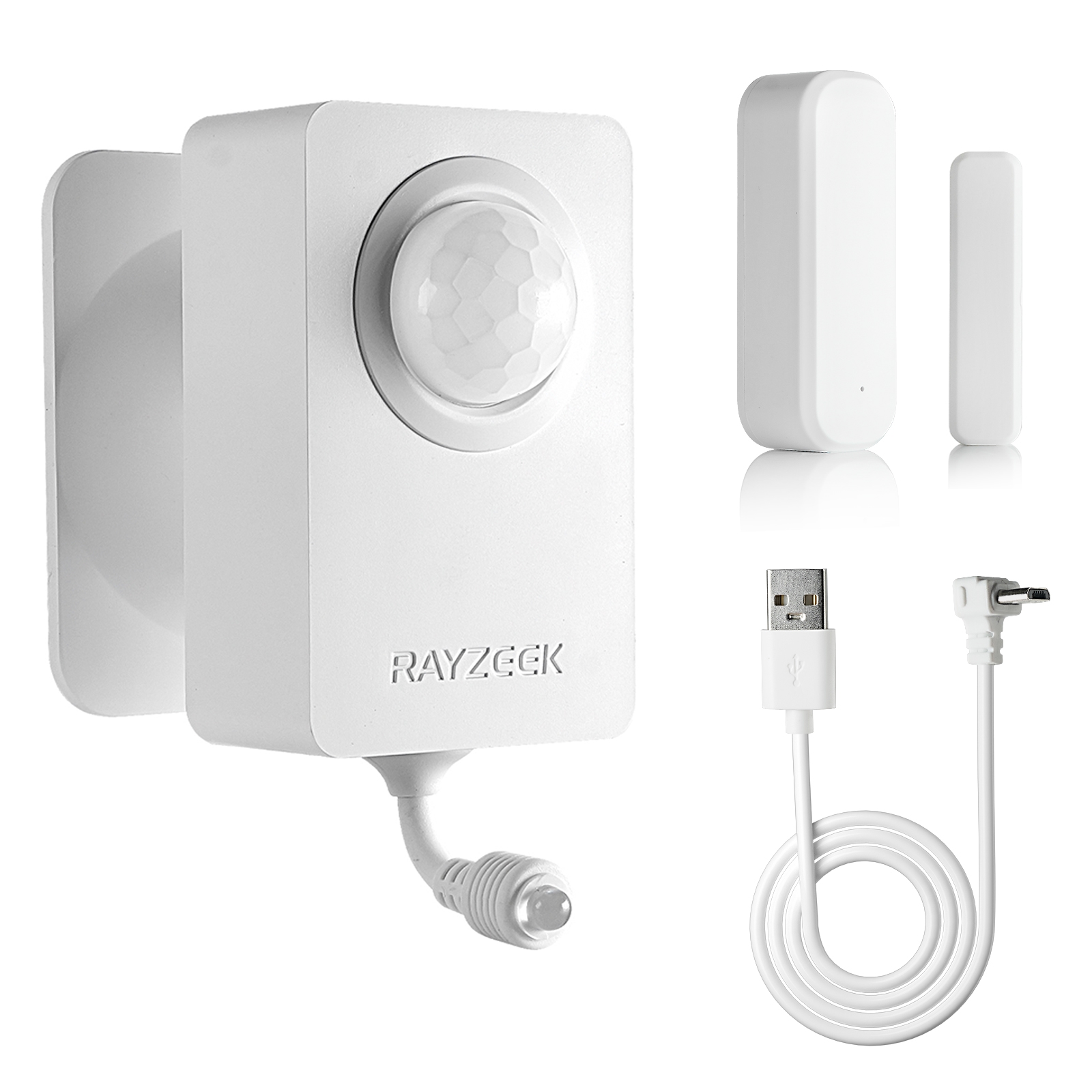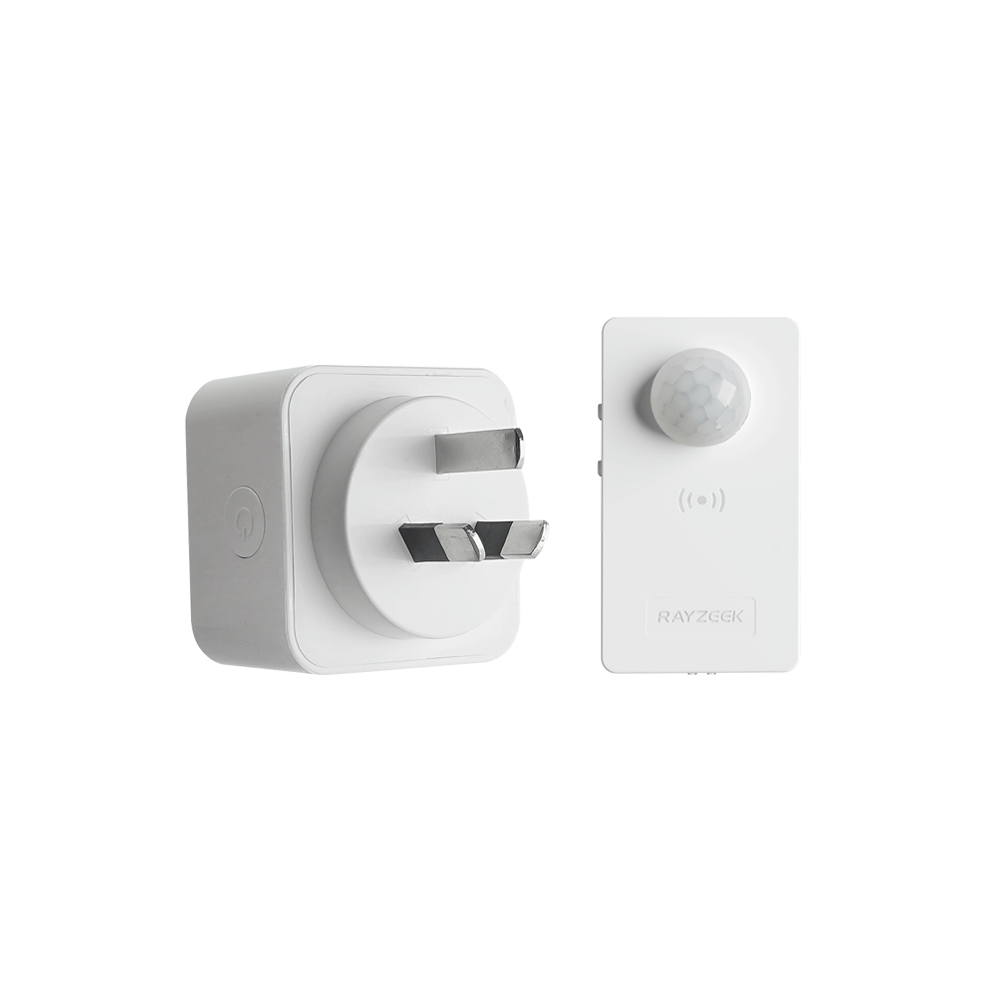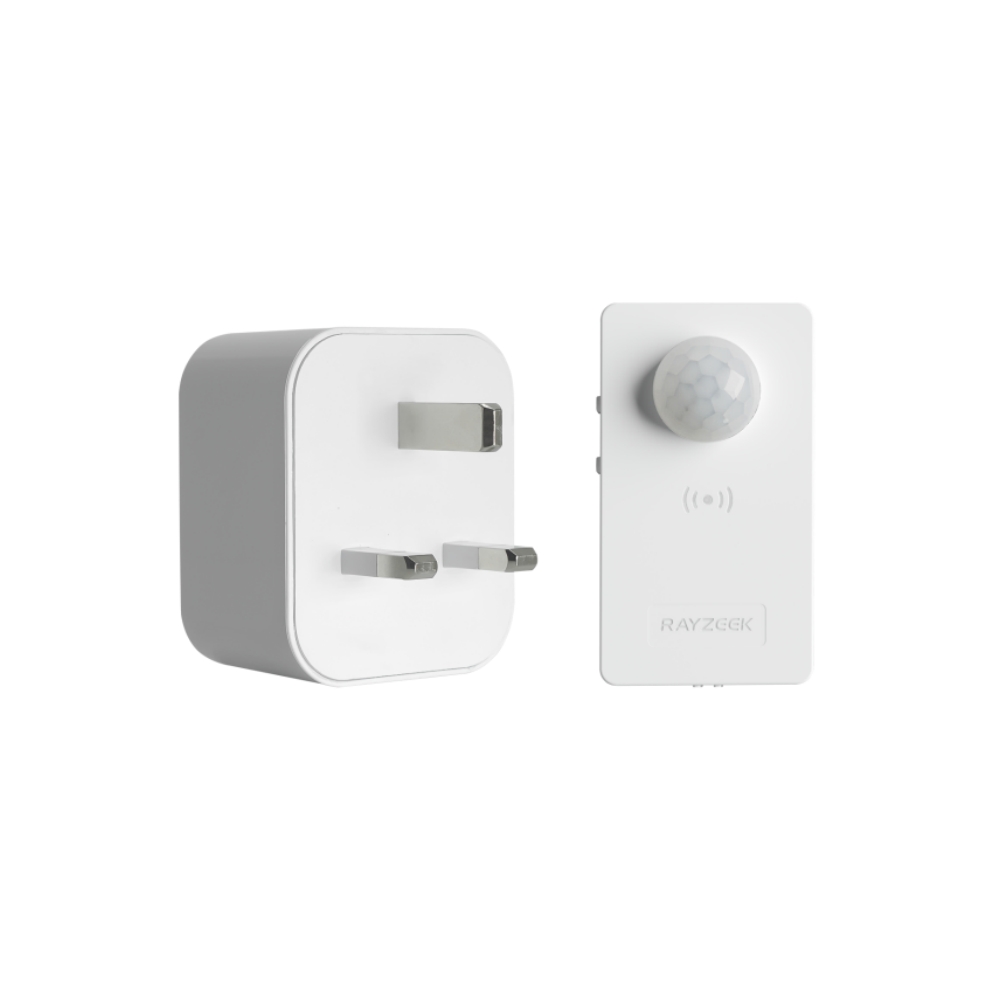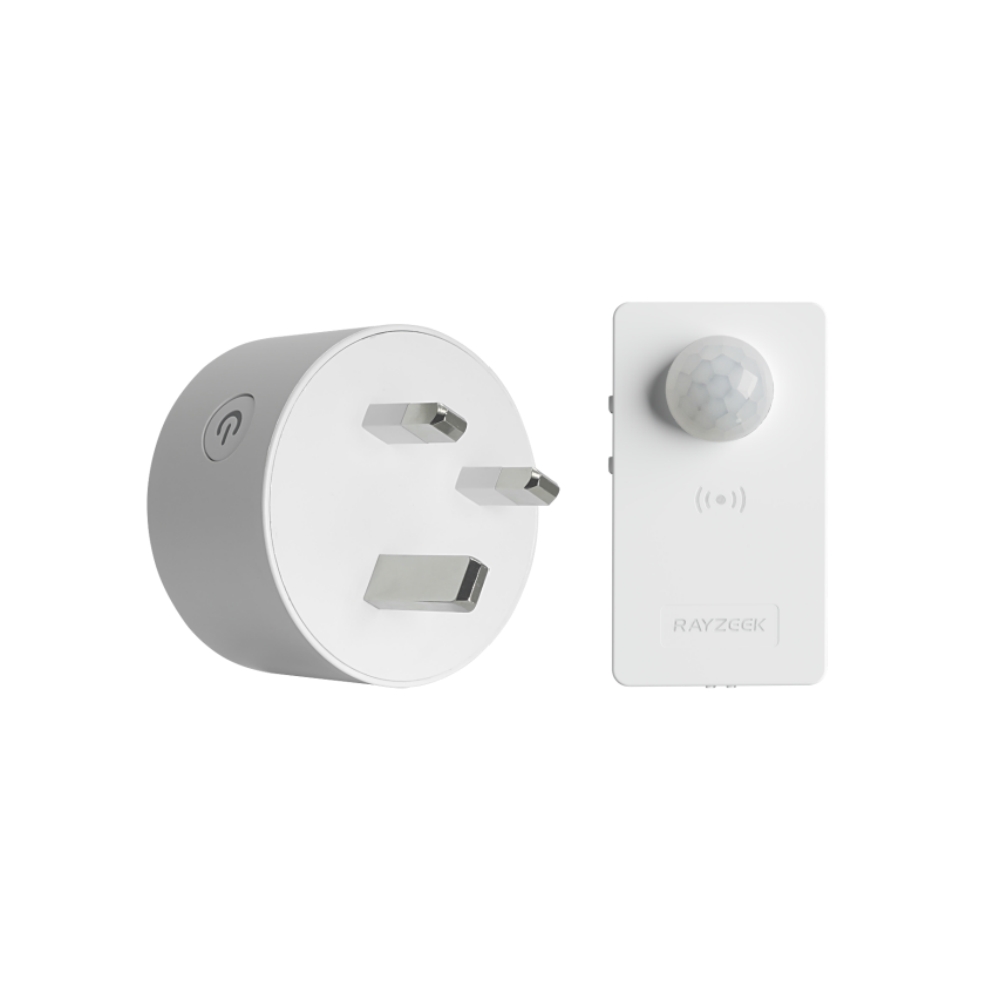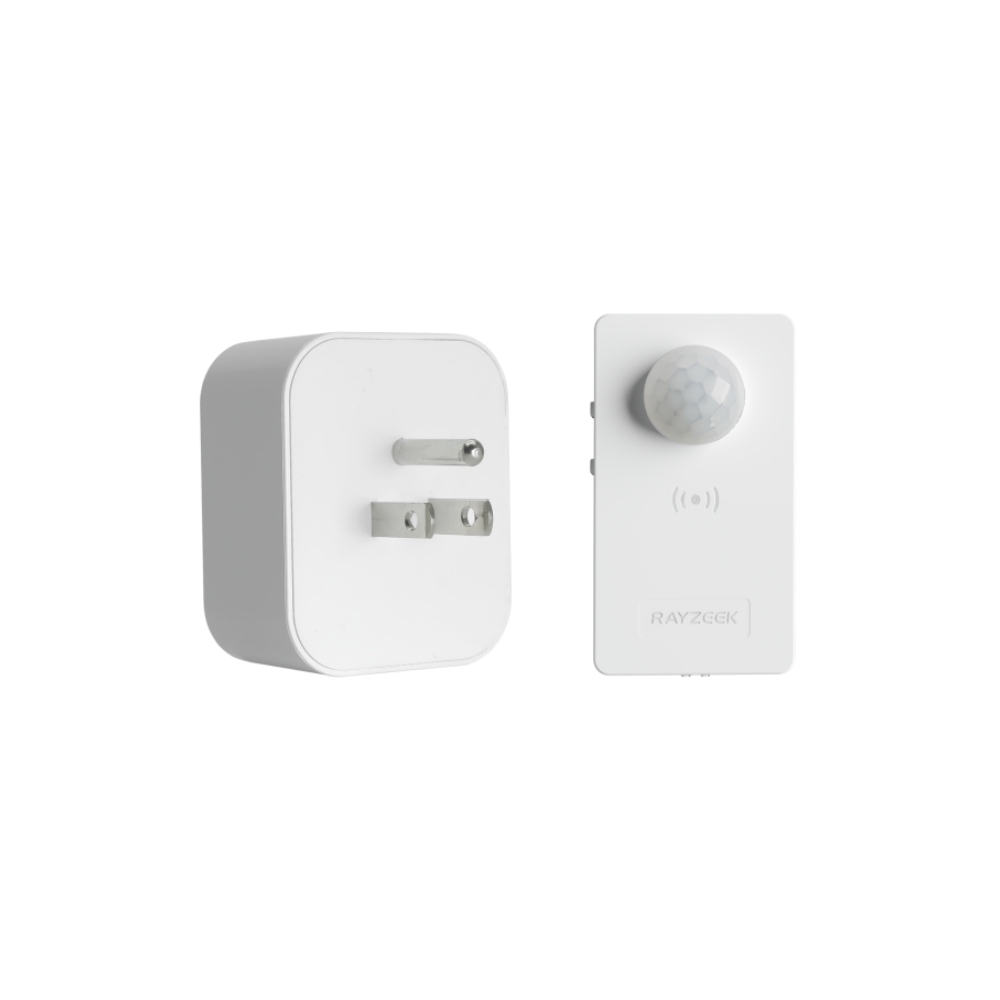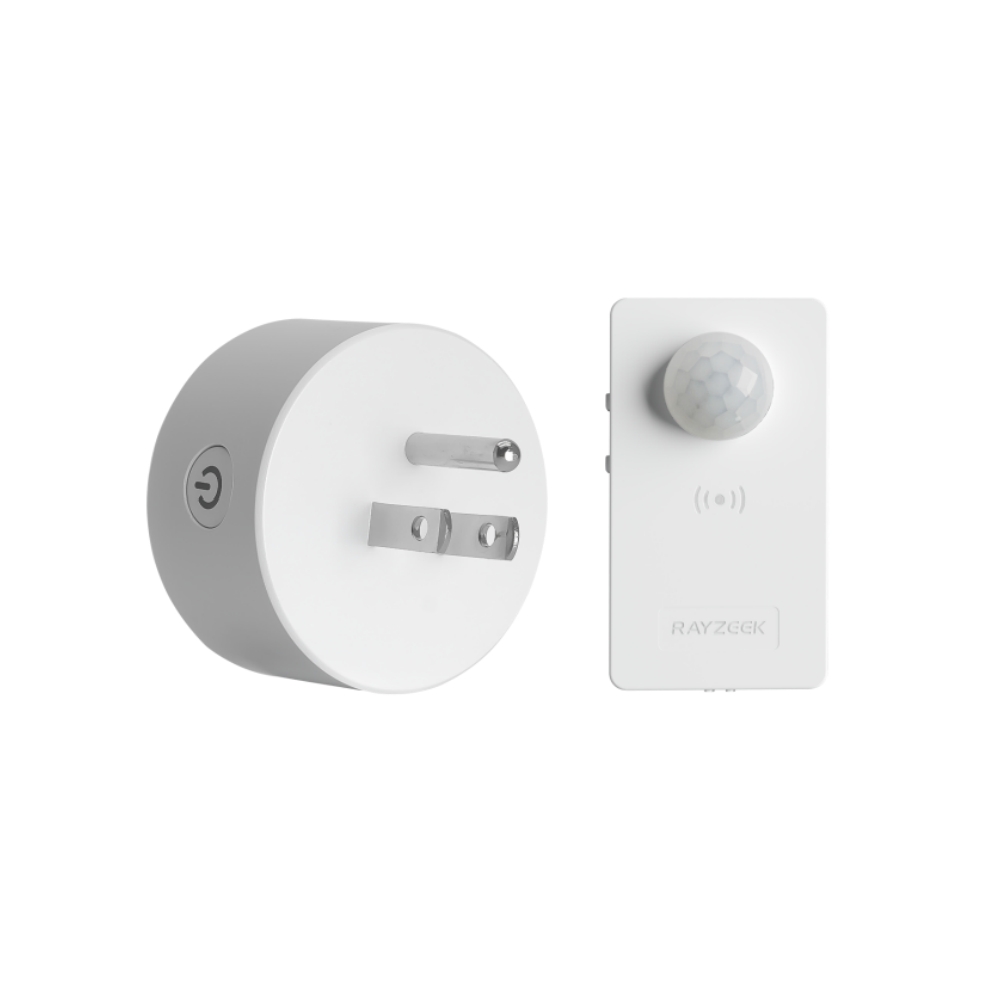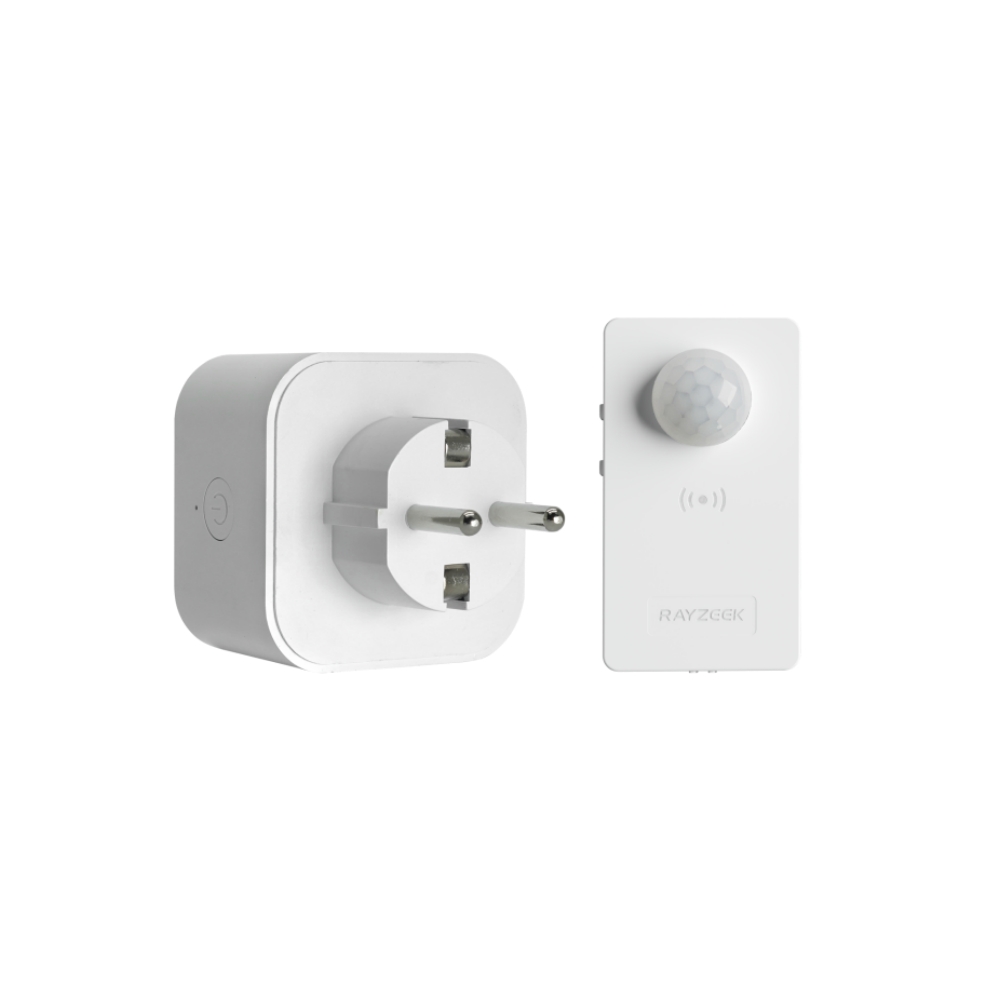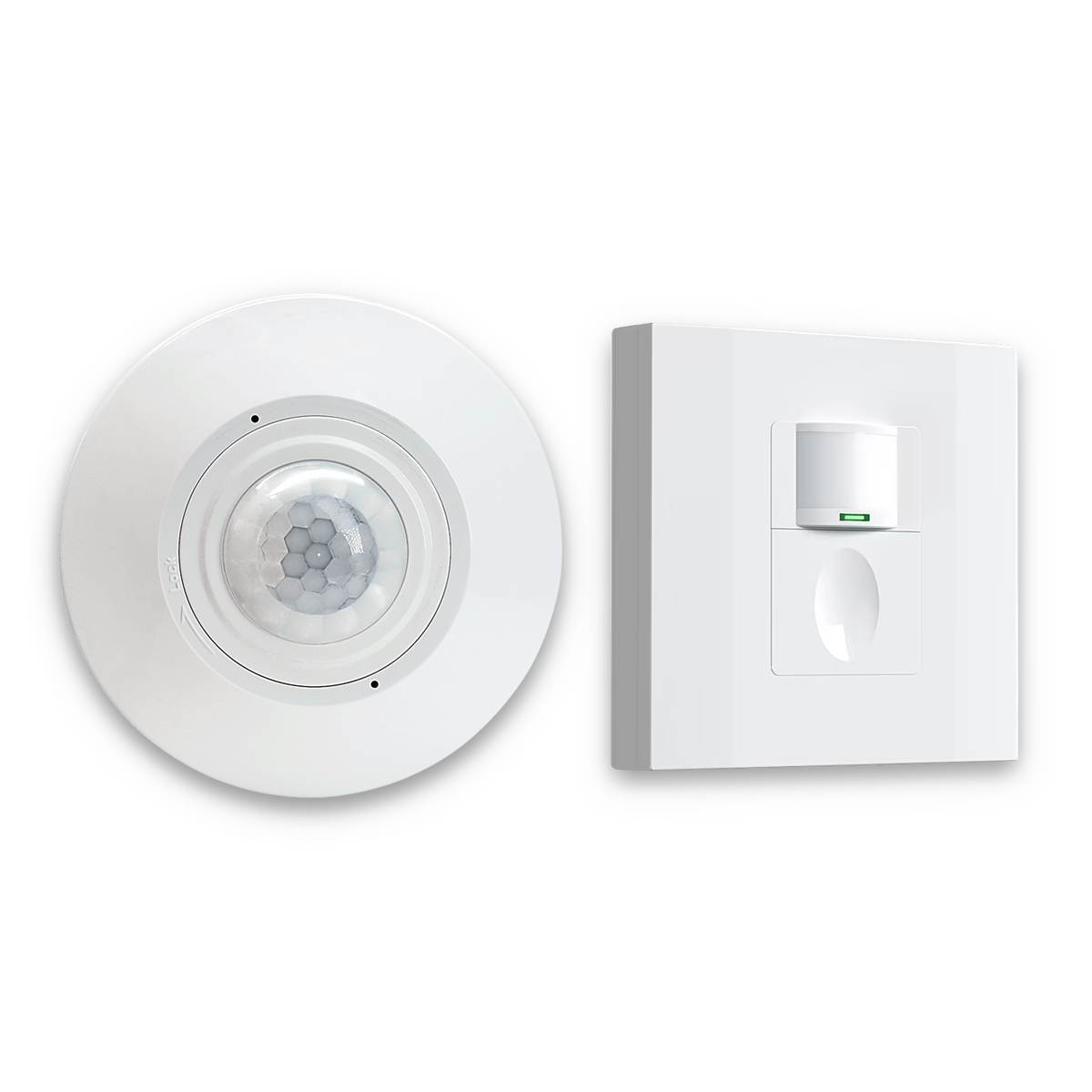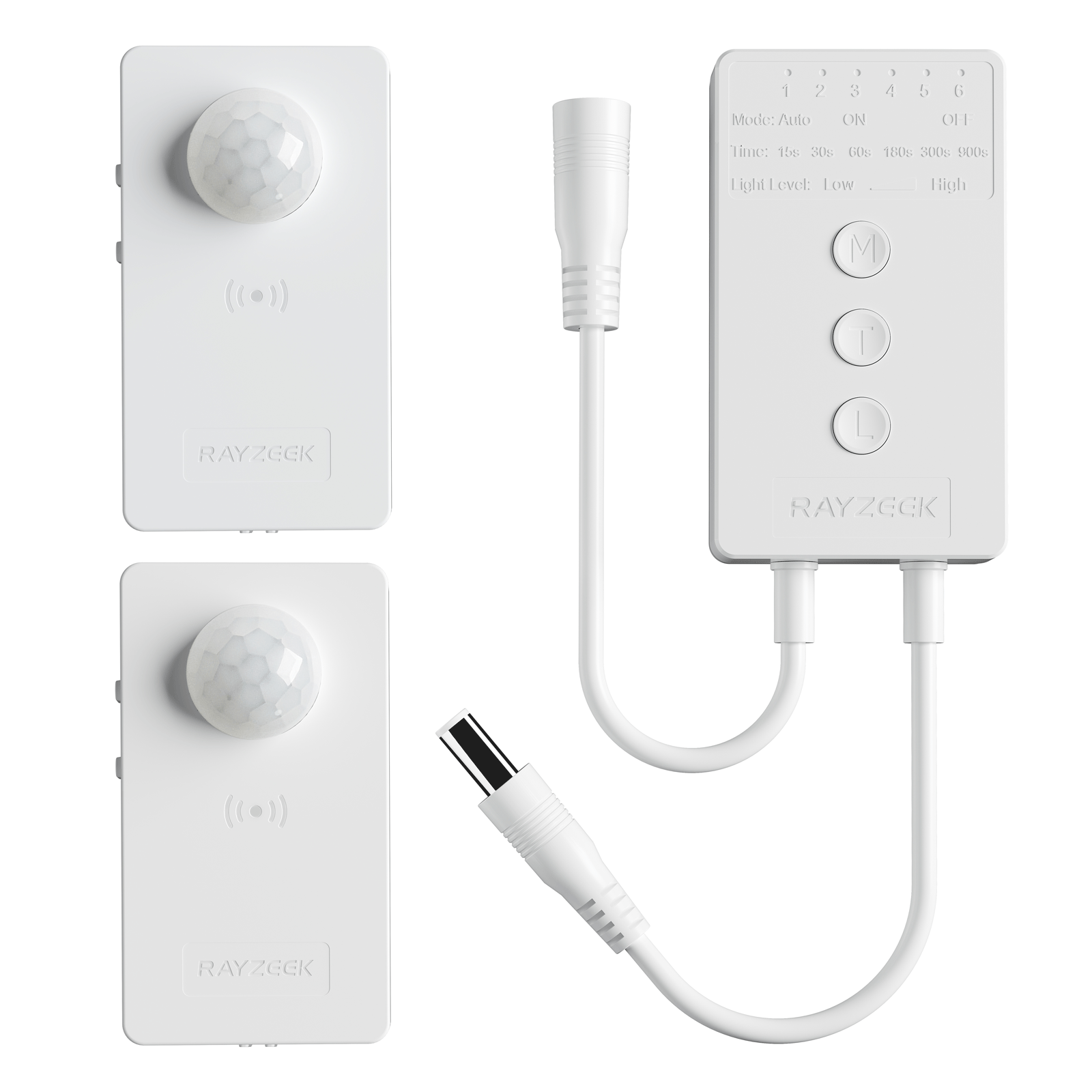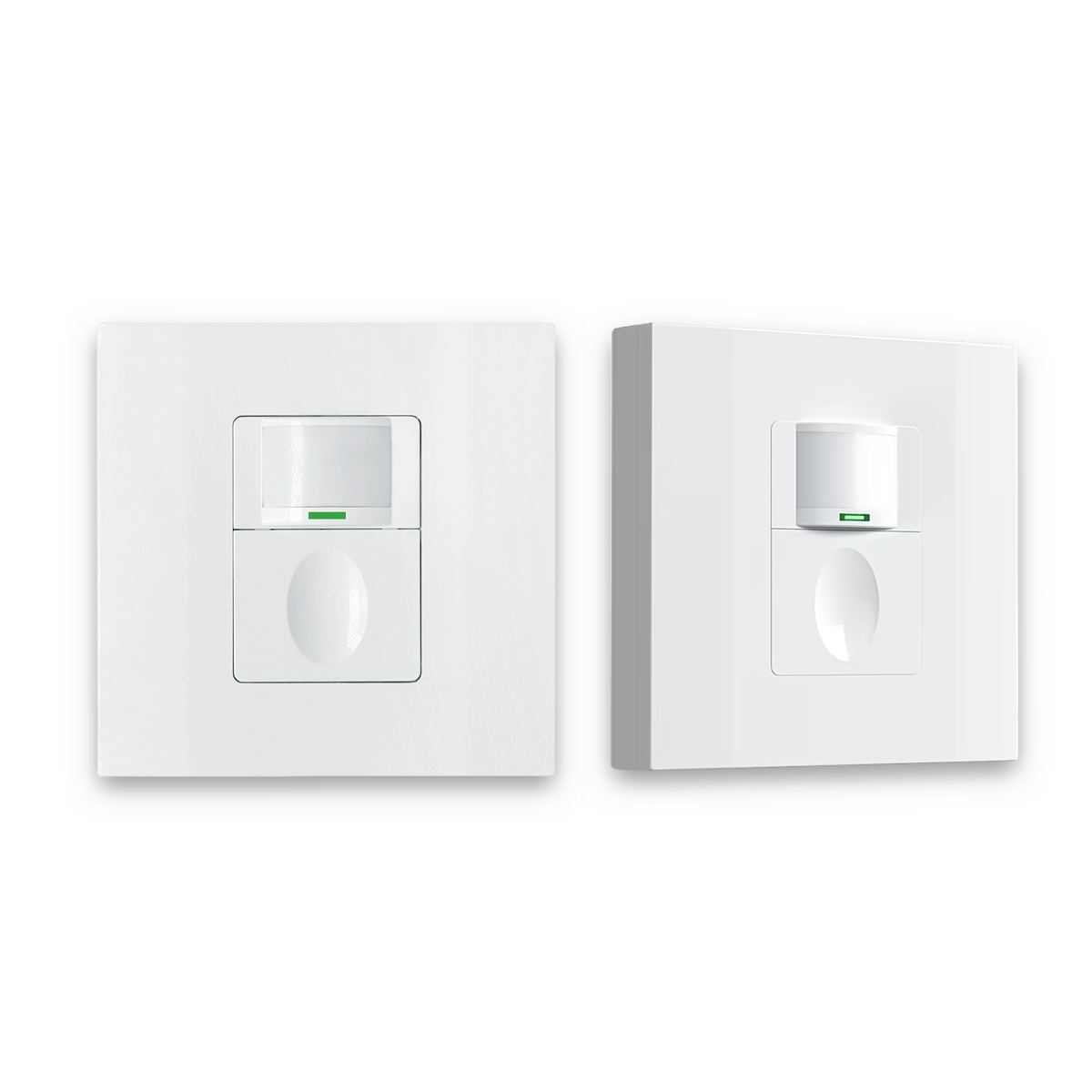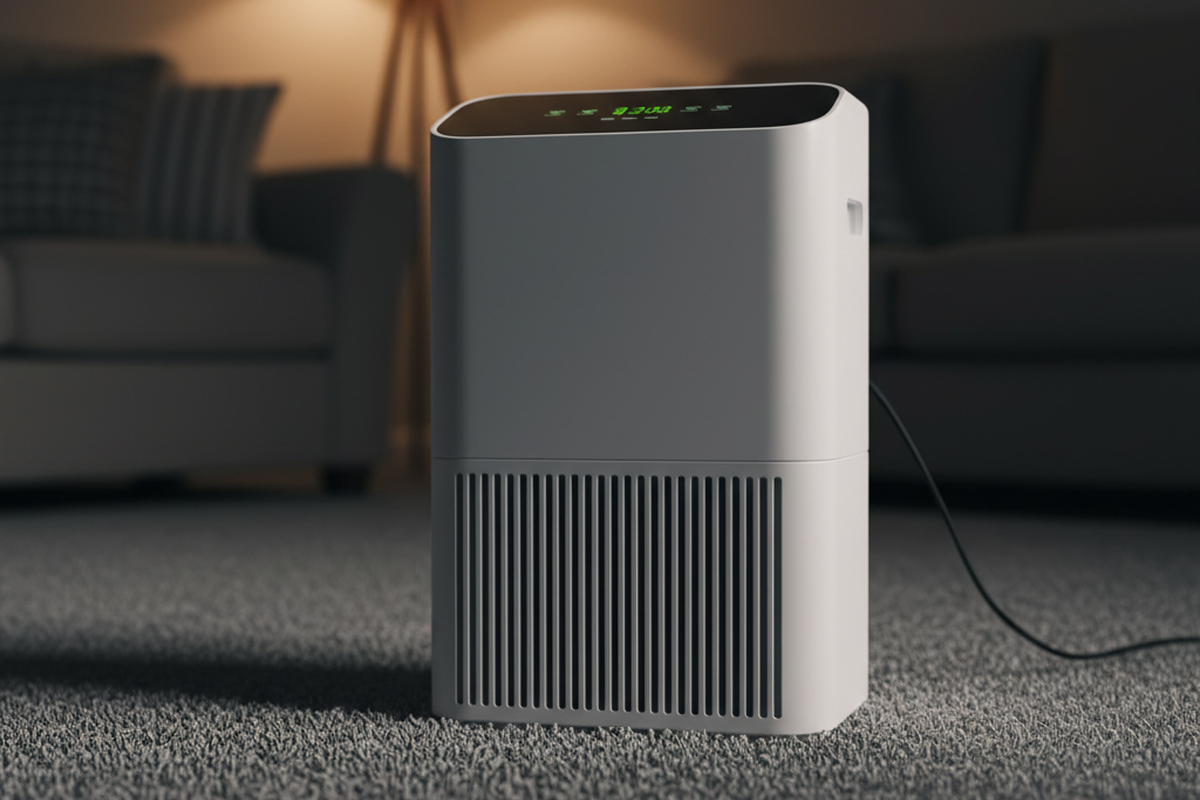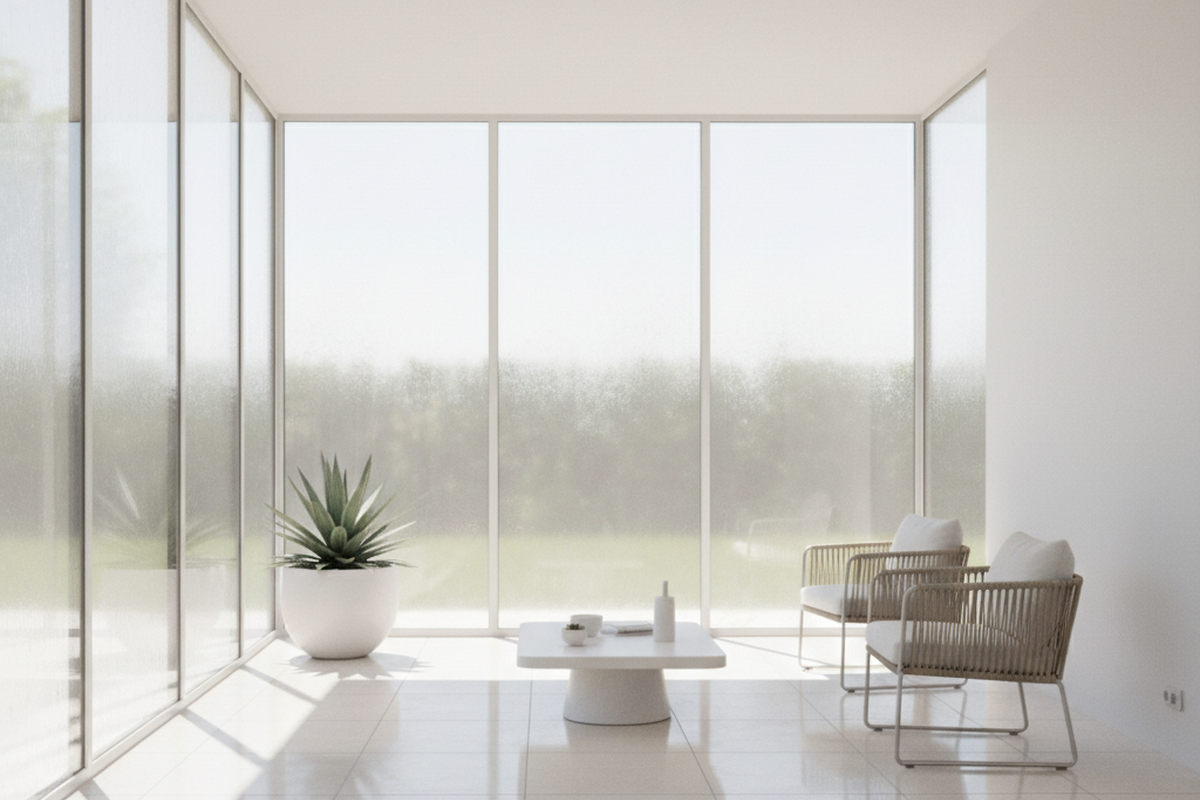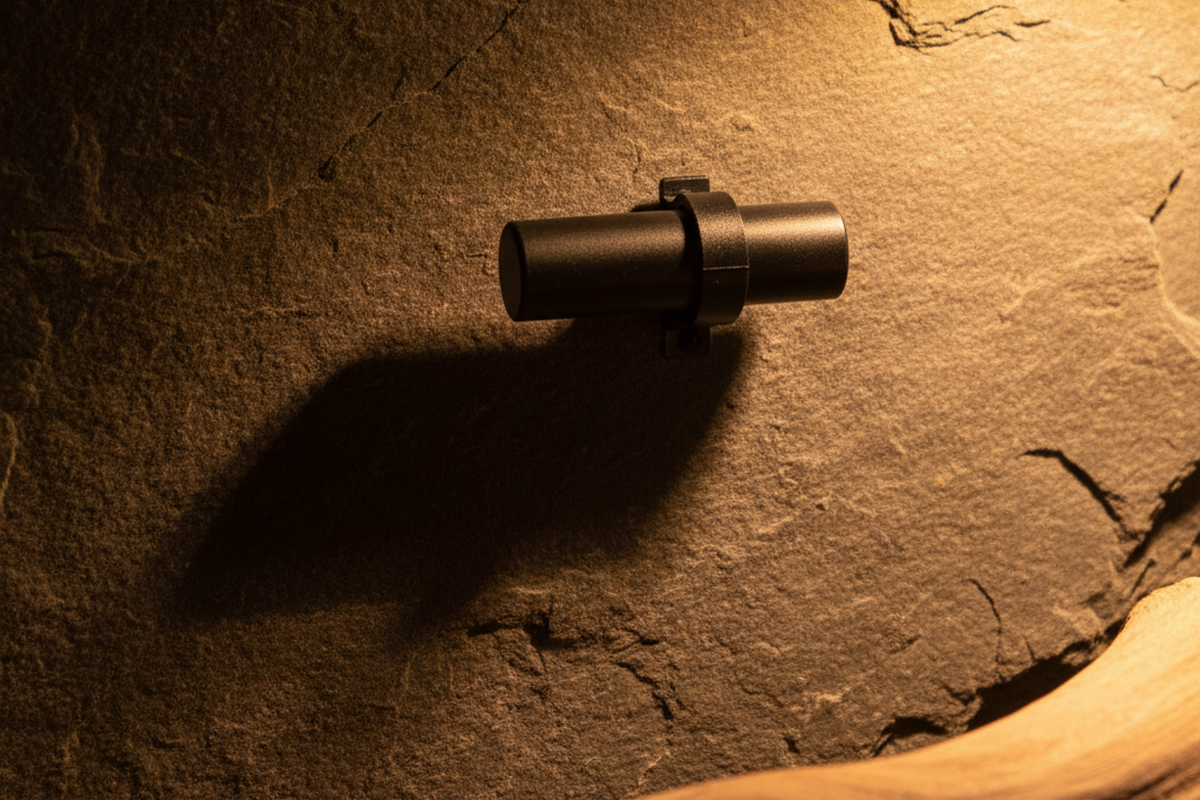The promise of the automated office is one of effortless intelligence. Lights activate in the spaces we use and fade in those we don’t, creating an environment that is both efficient and elegantly responsive. Yet this vision is frequently undermined by a simple, frustrating reality: the dead zone. It’s the patch of carpet where the lights abandon a focused employee, or the corner of the room that refuses to acknowledge someone’s arrival. These are not mere glitches. They are symptoms of a deeper misunderstanding.
The common reaction is to treat this as a problem of force, to be solved by adding more sensors or dialing up their sensitivity. This approach, born of frustration, is not only expensive but often makes the situation worse, creating a new chaos of false triggers and phantom activations. The real solution lies not in more hardware, but in a more nuanced strategy. It requires moving from a mindset of blanketing a space with technology to one of strategically targeting human activity, an approach grounded in the predictable physics of how sensors actually perceive the world.
The Physics of Invisibility
Motion sensor dead zones are not random failures. They are predictable, physical phenomena, the inevitable outcome of how a specific technology interacts with a complex environment. To solve them is to first understand why a person can become, to a sensor, effectively invisible.
The most common technology, Passive Infrared (PIR), doesn’t see people. It sees a world of moving heat signatures. A PIR sensor operates by detecting the thermal contrast between a person and the background environment, which means it requires a direct, unobstructed line of sight to function. Any object standing between the sensor and its target casts what can only be described as a “heat shadow,” an area where the sensor is blind. This is why a standard five-foot cubicle wall, a bookshelf, or even a dense office plant can completely hide a seated worker from a ceiling-mounted sensor. The person is still there, but their thermal presence is eclipsed.
This principle leads to one of the most common points of confusion: glass. While visually transparent to us, a glass partition is almost entirely opaque to the long-wave infrared radiation that PIR sensors detect. To the sensor, a glass-walled conference room is no different from a concrete vault. It cannot see the occupants inside. These are not system faults; they are the laws of physics asserting themselves in the built environment.
Ultrasonic sensors operate on a different principle, and thus create a different kind of dead zone. They fill a space with high-frequency sound waves, reading the returning echoes to map a room and detect movement within it. This allows them to “see” around the hard obstructions that defeat PIR sensors. Their vulnerability, however, is absorption. Soft materials like heavy carpeting, fabric-covered partitions, and acoustic wall panels can soak up the sound waves, creating soft spots and gaps in coverage. In a quiet, still room, they can also fail to trigger, as their mechanism relies on disturbances in the air that a motionless person may not create.
The Critical Error of Over-Sensoring
Faced with these invisible pockets, the instinct to simply install more sensors is powerful. Yet this is a critical and costly mistake, one that stems from a fundamental misunderstanding of the goal. An activity-based lighting system should be precise and deliberate. Over-sensoring creates the opposite: a clumsy, indiscriminate system that often wastes more energy than it saves.
When sensor coverage zones overlap excessively, the system loses its ability to make distinctions. A single person walking down a main corridor can trigger and hold on the lights for three or four adjacent, unoccupied work zones. The system becomes a blunt instrument, unable to differentiate between a single path of movement and a fully occupied space. The potential for granular energy savings evaporates.
The problem compounds when sensitivity is turned to its maximum setting. The sensor, now desperate for any input, begins to react to non-human sources. It starts a conversation with the building itself, interpreting the warm airflow from an HVAC vent or the subtle movement of blinds in a draft as human presence. This leads to “ghosting,” where lights cycle on and off in an empty room, a phenomenon that quickly erodes employee trust and leads to complaints that end with the entire system being switched to manual override.
Mapping the Gaps: The Diagnostic Walk-Test
Before you can solve for dead zones, you must know precisely where they are. Manufacturer specification sheets offer a theoretical ideal, but the only way to map your true, real-world coverage is to perform a systematic walk-test. This is not just a technical step; it is a diagnostic process, an act of making the invisible visible.
Get Inspired by Rayzeek Motion Sensor Portfolios.
Doesn't find what you want? Don't worry. There are always alternate ways to solve your problems. Maybe one of our portfolios can help.
The process requires two people. An “observer” stands where they can see the sensor’s small indicator LED, which confirms detection. A “walker” then moves through the space, but not randomly. They must perform the actions of a typical occupant: walking down aisles, sitting at a desk, turning in a chair, reaching for a file. While the walker moves, the observer watches the LED. Using a printed floor plan, the observer marks in red every location where the walker is physically present but the sensor’s light is off.
This process must be deliberate. Pay special attention to the known trouble spots, the areas at the very edge of the intended coverage, the spaces behind support pillars, and the interior of individual workstations. The result is a visual, undeniable map of your system’s blind spots. This map becomes the blueprint for your strategy.
Maybe You Are Interested In
A Philosophy of Strategic Placement
Effective sensor placement is a game of angles and intent, not just grids on a ceiling plan. Instead of spacing sensors evenly, a strategic layout focuses on covering human activity with the minimum necessary hardware. This philosophy is built on a few core principles that directly address the causes of dead zones.
The primary goal is to cover occupants, not empty space. This seems obvious, but it is the most commonly violated principle. Sensors should be placed to monitor people where they perform small, sustained movements, which is typically at their desks. Placing a sensor directly over a cluster of workstations, rather than in the center of a wide walkway, ensures it is focused on the subtle motions of typing and reading, not just the major motion of walking by.
Of course, major pathways need coverage, but it must be seamless. The edges of sensor patterns along primary traffic corridors should overlap by about 15 to 20 percent. This creates a “handoff” zone, ensuring that as a person leaves the view of one sensor, they are immediately acquired by the next. And where obstructions like support pillars or large cabinets exist, they must be respected. A PIR sensor placed with its line of sight blocked is a guaranteed failure. The obstruction must be treated as a wall, with sensors placed to cover the shadow areas it creates.
This strategic thinking naturally leads to choosing the right tool for the zone. In a dense field of cubicles where PIR sensors would be blinded, an ultrasonic or dual-technology sensor, which can provide more volumetric coverage, is the correct choice. Dual-technology units, which require both a heat signature and a disturbance in sound waves to trigger, are the most reliable solution for the most challenging areas. Their dual-trigger logic drastically reduces false alarms, making them ideal for quiet focus zones or spaces with known sources of interference.
This pragmatic approach extends to interpreting specification sheets. A manufacturer’s stated coverage diameter is a theoretical maximum, tested in an empty room. For planning purposes in a furnished office, a realistic coverage radius is closer to 50 or 60 percent of that stated maximum. A sensor claiming a 40-foot diameter coverage should be planned for an effective radius of only 10 to 12 feet. Basing a layout on this conservative, real-world estimate prevents most dead zones before they are ever created.
The Final Tune: Balancing Performance and Comfort
A well-designed layout is the foundation, but the final tuning of the system’s settings is what makes it truly work for the people who use the space. This is where the art of balancing energy savings with human comfort comes into play.
Looking For Motion-Activated Energy-Saving Solutions?
Contact us for complete PIR motion sensors, motion-activated energy-saving products, motion sensor switches, and Occupancy/Vacancy commercial solutions.
The time delay, which dictates how long lights remain on after motion is last detected, is the primary lever for this balance. A short delay of five minutes is aggressive on savings but almost certain to frustrate people working quietly. A long delay of 30 minutes keeps everyone happy but sacrifices much of the system’s efficiency. For most open offices, a 15-minute delay has proven to be the gold standard. It is long enough to ride out periods of low activity at a desk, yet short enough to capture significant savings when zones become vacant.
For persistent false triggers from an adjacent hallway, there is a more elegant solution than globally reducing sensitivity. Most quality PIR sensors come with small, adhesive masking stickers. By carefully applying a piece of this sticker to the precise section of the sensor’s lens that “sees” the hallway, you can surgically block its view of the problem area without affecting its performance elsewhere. It is a mark of true expertise.
Even with the best planning, minor gaps can appear. Before considering expensive rewiring, a few low-cost adjustments can often solve the problem. A slight re-aiming of the sensor might be all that is needed. If a single desk is consistently missed, a small, inexpensive wall-mounted sensor can be added to fill that specific gap. And if a PIR sensor is simply the wrong tool for a cubicle, swapping that single unit for an ultrasonic model can resolve the issue instantly.
In the end, it is important to acknowledge the limits of automation. In highly complex spaces, achieving 100 percent flawless coverage can be cost-prohibitive. A better goal is a system that works reliably 95 percent of the time and does not antagonize its users. That is a more valuable outcome than a system that strives for an unattainable perfection and, in doing so, fails unpredictably.

